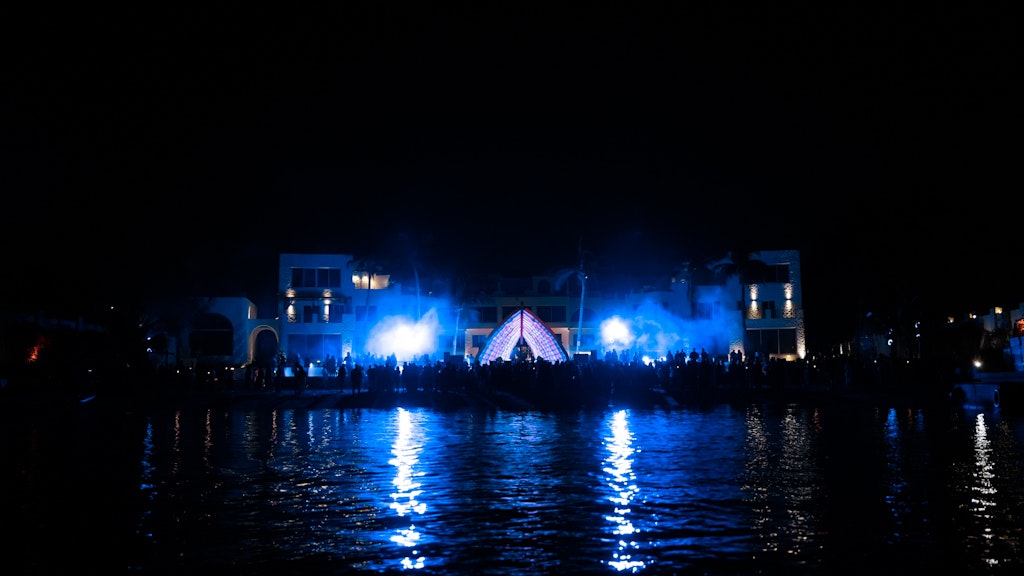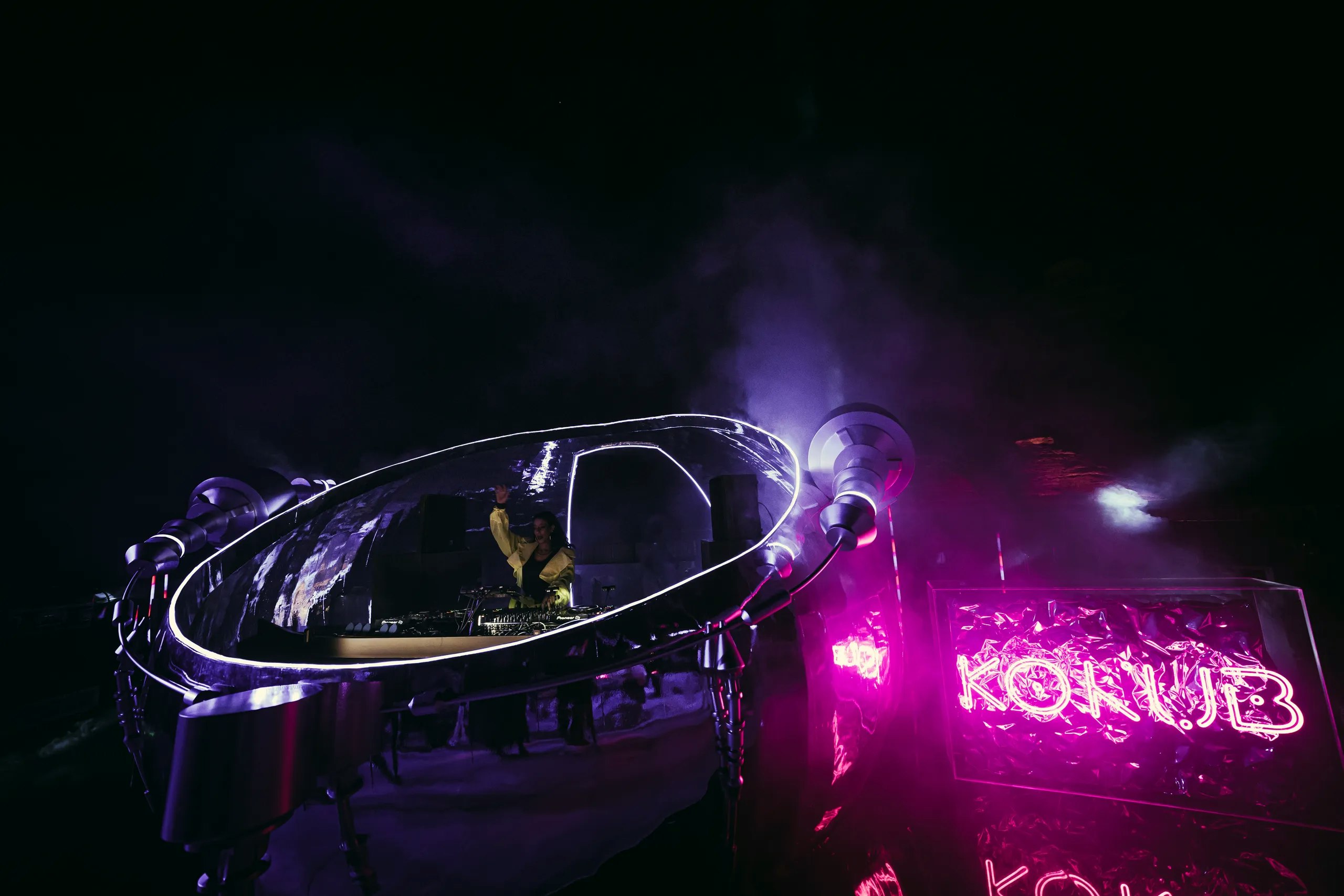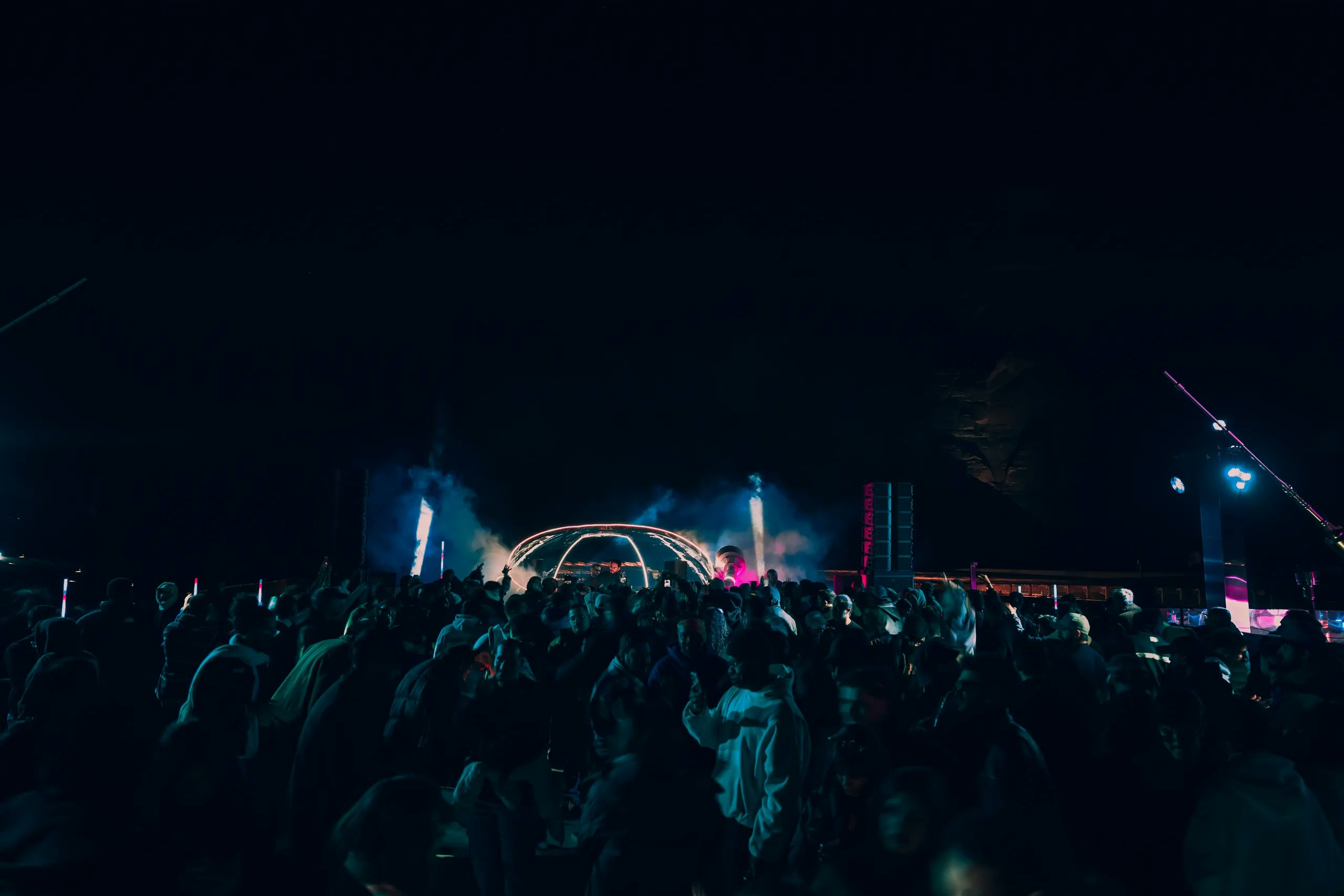

What Is Jazz Music? Unveiling Its History and Styles
By MDLBEAST
June 12 2024
What Is Jazz Music? Unveiling Its History and Styles
By MDLBEAST
June 12 2024
Picture yourself in a dimly lit club, the air alive with the sound of improvised melodies, syncopated rhythms, and soulful expressions. This is the world of jazz, a musical genre that transcends boundaries and captivates hearts worldwide. What is jazz music, you might ask? Jazz is a genre characterized by improvisation, syncopation, swing feel, and expressive individuality. Its significance in music history is undeniable, as it has served as a vehicle for social change and the expression of individual freedom.
Jazz Defined: Exploring its Core Elements
What is jazz music? It's a question that sparks curiosity and invites exploration.
Improvisation
At the heart of jazz is improvisation, where musicians engage in spontaneous musical conversations, crafting melodies and harmonies in the moment. This dynamic exchange allows for unparalleled creativity and expression, making each performance a unique and captivating experience.
Syncopation
Syncopation is a key characteristic of jazz, adding layers of rhythmic complexity that keep listeners engaged and intrigued. By accenting off-beat rhythms, jazz musicians create a sense of anticipation and surprise, enhancing the music's energy and vitality.
Swing Feel
The infectious swing feel of jazz is unmistakable, drawing audiences into its rhythmic embrace. With its relaxed yet driving groove, swing encourages listeners to tap their feet, nod their heads, and immerse themselves in the music's infectious pulse, creating a sense of collective energy and connection.
Expressive Individuality
Above all, jazz is about expressive individuality, where musicians infuse every note with their emotions and experiences. Whether conveying joy, sorrow, or longing, jazz musicians use their instruments as vehicles for personal expression, forging deep connections with their audience and leaving a lasting impression on listeners' hearts and minds.
The History of Jazz:
The history of jazz is a captivating tale of cultural fusion and artistic innovation. Its journey began in the vibrant African-American communities of New Orleans in the late 19th century, where a diverse array of influences converged to shape a new musical language.
Mixing Cultures
The origin of jazz can be traced back to New Orleans, where a diverse blend of cultures converged to create something entirely new. In this vibrant city, African musical traditions, European harmonies, and American folk music melded together, laying the foundation for the emergence of jazz as a distinctive and influential genre.
Drawing Inspiration
Jazz drew inspiration from a multitude of sources, with African musical traditions playing a particularly significant role. Elements such as call-and-response, polyrhythms, and improvisation permeated the music of the time, laying the foundation for the distinctive sound of jazz.
Evolution and Growth
As the 20th century dawned, jazz experienced a period of rapid evolution and growth. From its early roots in ragtime and blues, jazz expanded its horizons, embracing new styles and influences. The emergence of swing and big-band jazz marked a significant milestone in jazz's journey, ushering in an era of widespread popularity and acclaim.
Evolution of Jazz Styles:
Jazz has changed a lot over time, giving birth to different kinds of jazz music. Here are some main styles:
Bebop: Started in the 1940s, bebop jazz was fast and exciting. Musicians like Charlie Parker and Dizzy Gillespie made it famous with their quick music and fancy improvisation.
Cool Jazz: In the late 1940s and early 1950s, cool jazz came along. It was more relaxed and calm compared to bebop. Artists like Miles Davis and Dave Brubeck made cool jazz popular with their smooth sounds.
Modal Jazz: Around 1959, modal jazz became popular. It focused more on the feeling of the music rather than following strict rules. Miles Davis and John Coltrane were big names in this style.
Free Jazz: In the 1960s, some jazz musicians wanted to break all the rules. Free jazz was born. It was wild and experimental, with no set structure. Artists like Ornette Coleman and Albert Ayler led the way in free jazz.
Fusion: By the late 1960s and 1970s, jazz mixed with other types of music like rock and funk. This style was called fusion. Artists like Miles Davis and Herbie Hancock made fusion popular, using electric instruments and new sounds.
These different jazz styles came about because of changes in society, new technology, and inspiration from around the world. Jazz keeps changing and growing, always finding new ways to express itself.
In conclusion, the history and origins of jazz music are as diverse and dynamic as the genre itself. From its humble beginnings in the streets of New Orleans to its global influence today, jazz continues to captivate audiences and inspire musicians around the world. As we reflect on its enduring legacy, let us not only celebrate the past but also embrace the future of jazz.
What is jazz music without innovation and creativity? It's a question that invites exploration and invites us to delve deeper into its rich tapestry. So, the next time you find yourself in a dimly lit club, take a moment to appreciate the depth, diversity, and richness of jazz music, for it truly is a treasure worth exploring.
Keep an eye out for the most recent updates and thrilling news regarding the Soundstorm music festival on the MDLBEAST website. Join our community and stay up-to-date on the latest music trends!
Share this


